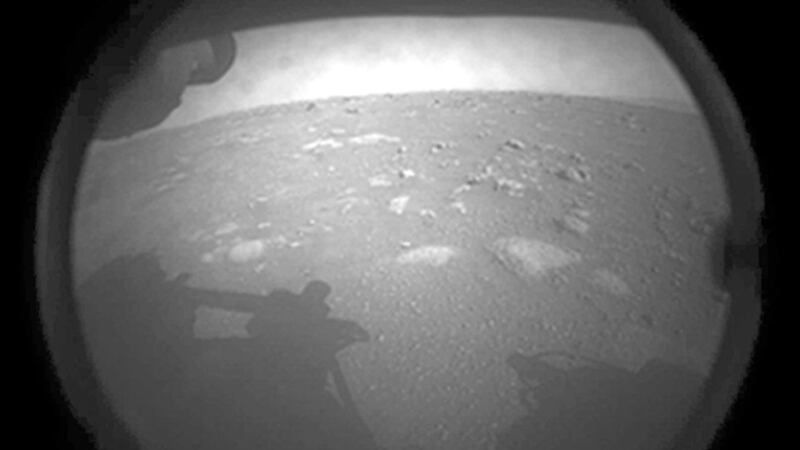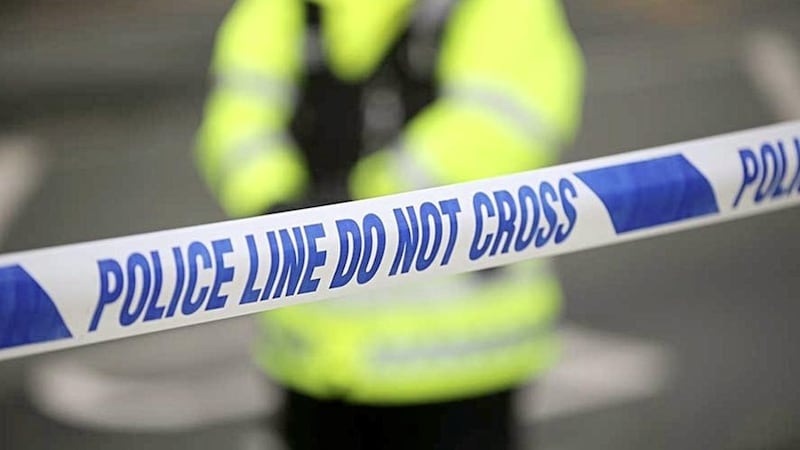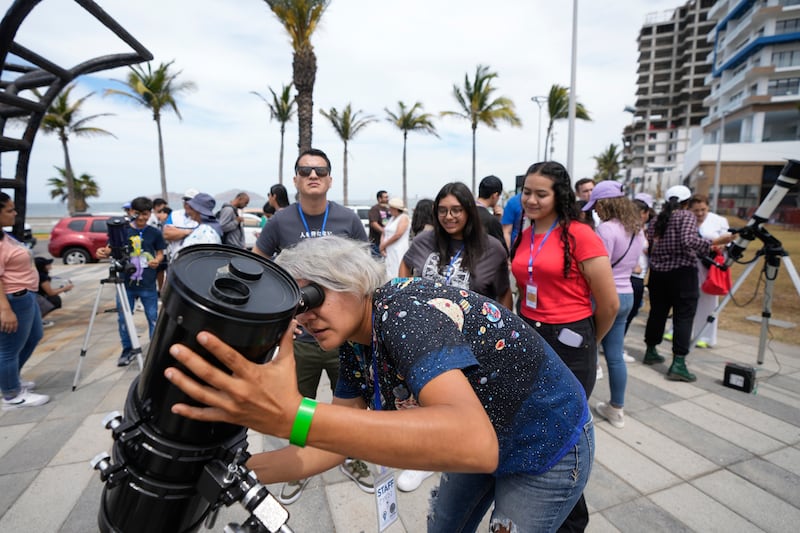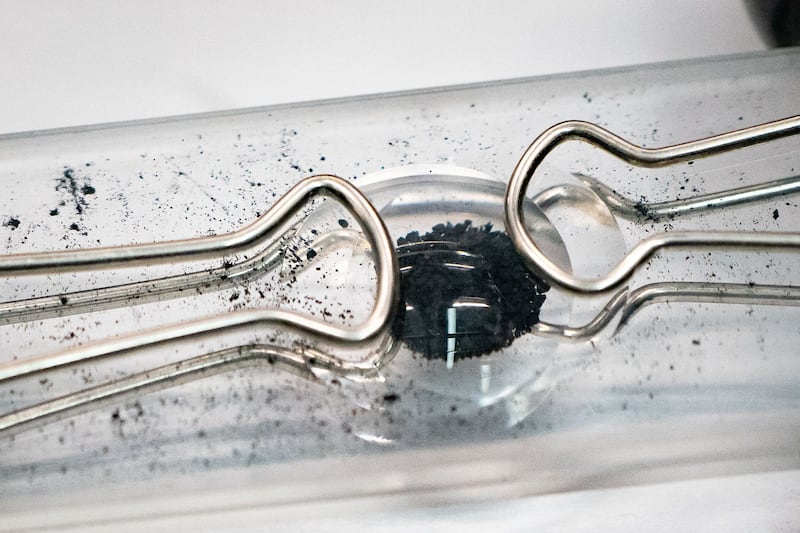NASA'S Mars Perseverance rover safely landed on the red planet and sent back images, marking an "amazing accomplishment", the space agency said.
Its mission is to search for signs of ancient life, and explore and collect samples for future return to Earth from diverse environments on Mars.
After the rover, which blasted off from Earth last July, entered the Martian atmosphere there were "seven minutes of terror" as it made its way to the surface.
It took more than 11 minutes for news of the safe landing to reach Earth.
Steve Jurczyk, Nasa's acting administrator, said: "It's amazing to have Perseverance join Curiosity on Mars and what a credit to the team.
"Just what an amazing team to work through all the adversity and all the challenges that go with landing a rover on Mars, plus the challenges of Covid.
"And just an amazing accomplishment."
Perseverance's twitter account also marked its arrival on the red planet, tweeting that it had landed safely, and posting pictures from the rover of it's "forever home".
The arrival of this image, and second taken from behind the rover, showing a flat, rocky surface, was met with a second round of cheers as mission control celebrated the achievement.
Early indications suggest Perseverance had landed on a relatively flat surface, and not too far from some sand dunes which will have to be navigated in order to reach the delta.
Perseverance will spend the coming years scouring for signs of ancient microbial life in a mission that will bring back samples from Mars to Earth and prepare the way for future human visitors.








